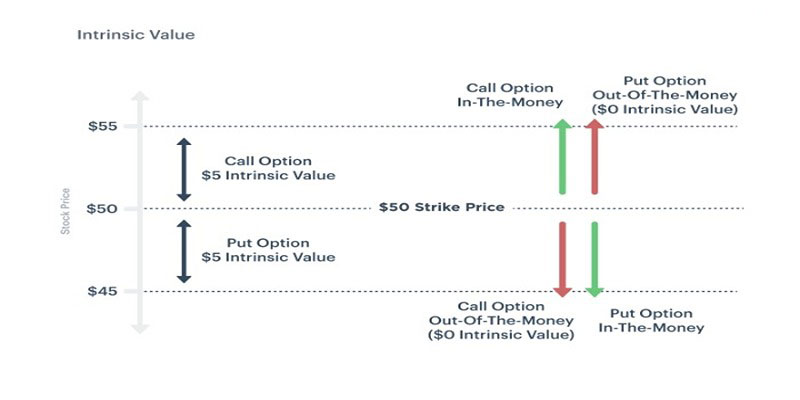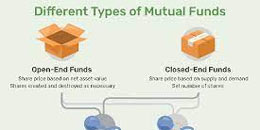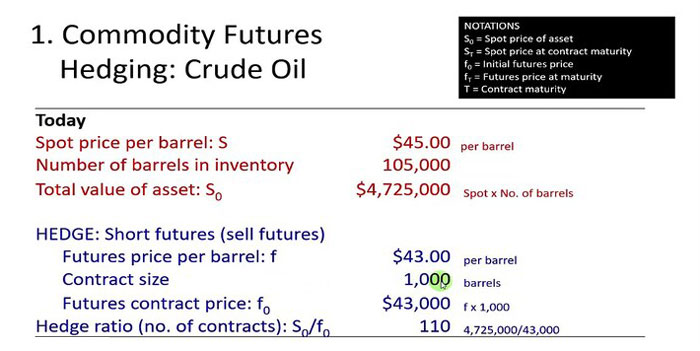
The Standard & Poor's 500 Index is the most popular stock index in the world, including 500 leading American companies. The S&P 500 index has a strong returns history, with roughly 10% annually. Investors check the index and its best-performing stocks regularly, as it is a leading indicator of the U.S. market and economy.
The average market capitalization of an S&P 500 company by weight is $72 billion, according to financial information source S&P Global. The size of the companies in the stock market ranges from $650 million to $3 trillion.
The S&P index doesn't currently reveal the complete list of holdings, at least not for free. The whole list is available to subscribers of Capital IQ, a research subsidiary of S&P. S&P 500 companies by sector are a bellwether of American economic activity and represent the best companies in their respective sectors.
The Inclusion Criteria of S&P 500
Founded in 1957, the S&P 500 is among the most often cited stock market indices. S&P 500 includes the top leading U.S. companies. The S&P 500 concentrates on the large-cap section of the U.S. economy.
To be included in the index, a company must fulfill a long list of requirements, such as:
- It must be a US-based company
- Minimum $12.7 billion in total market capitalization
- FALR, or float-adjusted liquidity ratio of 0.75 or higher
- Must meet specific liquidity criteria
- A positive total of the four straight quarters of EPS (trailing earnings per share)
- Earnings of the most recent quarter should be positive
- If companies stray significantly from these requirements, they risk being dropped from the S&P 500.
Calculation of the S&P 500 Index Return

The S&P 500 index is a market value-weighted, free-floating index. A company's market capitalization is the sum of the dollar market values of its current equity shares. A company's market capitalization is derived by dividing the sum of issued shares of equities and stock by the current market stock price.
A corporation with 30 million outstanding stock trading shares at $100 per share, for example, will have a market capitalization of $3 billion. Hence, the greater the stock value of an individual company increases, the more it adds to the overall return of the S&P 500.
The elimination or addition of just one of the largest index stocks can significantly influence. Hence, the exclusion or inclusion of smaller companies from the S&P 500 index will not significantly affect the overall earnings of the index.
Which Companies are in the S&P 500?
The S&P 500 is dominated by technology stocks, with Apple making up 7% of the total index by market capitalization. Microsoft, Apple, Amazon, and Alphabet are among the 10 leading S&P 500 companies to invest in, which make up about 25% of the entire index.
The financial firm Berkshire Hathaway, the healthcare providers Johnson & Johnson and UnitedHealth Group, and the energy powerhouse Exxon Mobil are among the top 10 companies besides the technology sector.
Top Stocks in the S&P 500 by Market Cap
Because the S&P 500 index does not reveal the exact market-value weightings of the best-performing stocks, the below weightings of the stocks are provided by the SPY (SPDR S&P 500 Trust ETF). As of May 2023, SPY, the first exchange-traded fund (ETF) to track the S&P 500, keeps $410.86 billion in AUM. It is also the most actively traded ETF.
Therefore, the portfolio weightings of SPY offer a good opportunity to invest in the primary S&P 500 index, even if the two might differ. The following are the top 15 stocks in the S&P 500 index:
- Apple (AAPL): 7.28%
- Amazon (AMZN): 2.68%
- Microsoft (MSFT): 6.60%
- Alphabet Class A (GOOGL): 1.82%
- NVIDIA (NVDA): 2.02%
- Alphabet Class C (GOOG): 1.60%
- Berkshire Hathaway (BRK.B): 1.70%
- Meta (META) Class C: 1.60%
- Meta (META), Class A: 1.60%
- Exxon Mobil (XOM): 1.32%
- UnitedHealth Group (UNH): 1.55%
- JPMorgan Chase (JPM): 1.18%
- Visa Class A (V): 1.07%
- Procter & Gamble (PG): 1.07%
- Johnson & Johnson (JNJ): 1.25%
- Tesla (TSLA): 1.25%
Are these the best stocks to invest in?

No, not always! These are the top stocks in the S&P 500 based on performance over the past year. However, that does not imply that they are the most profitable stocks to invest in. Even the experts have not yet developed the art of anticipating the future of even the most successful stocks right now. Furthermore, the best-performing stocks for your investment portfolio may not be the best stocks for someone else's.
The Bottom Line
The 15 best-performing stocks in the S&P 500 index are among the most famous companies in the world to invest in, with several of the leading 10 being technology giants like Apple, Google, and Microsoft. If you want to invest in these S&P 500 stocks, you can buy the individual stocks of the S&P 500 index companies or invest in a stock that follows the S&P 500.











